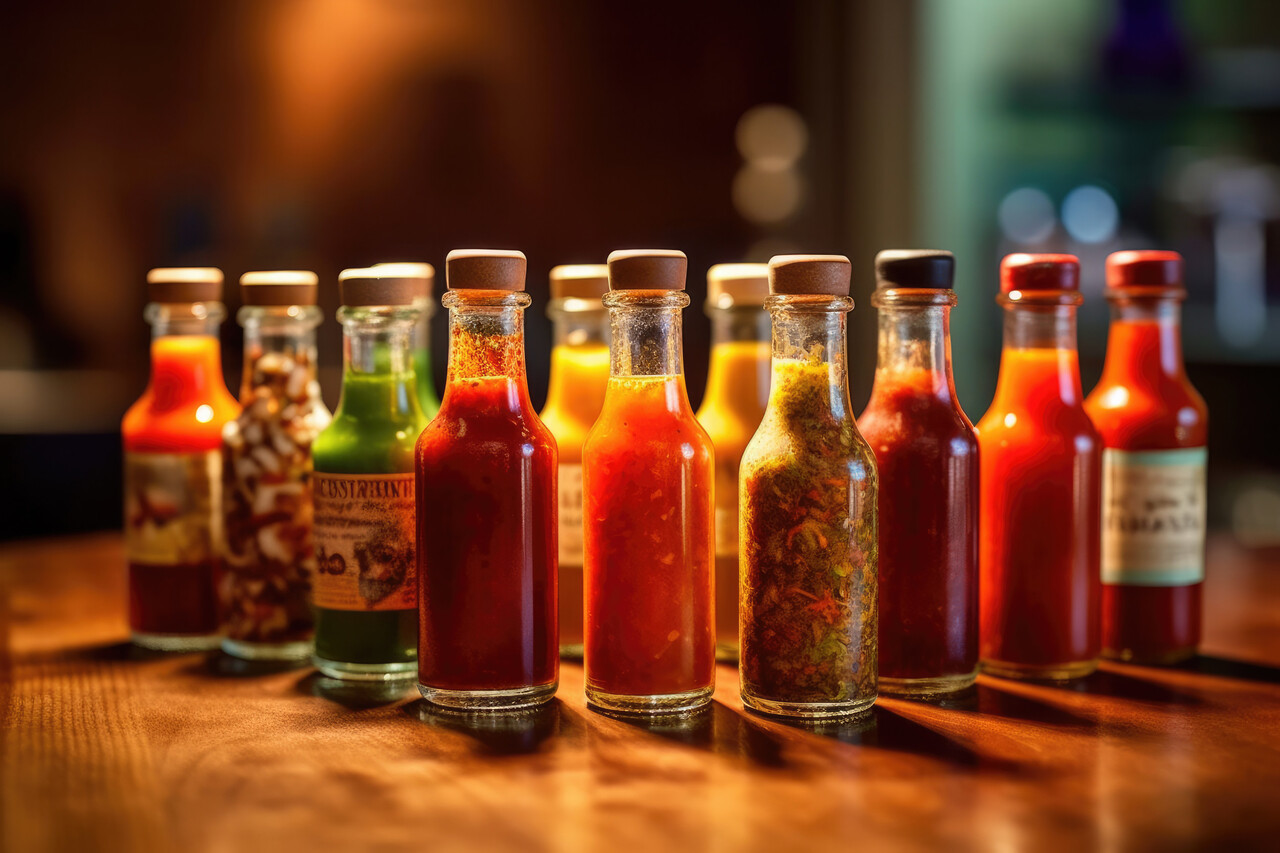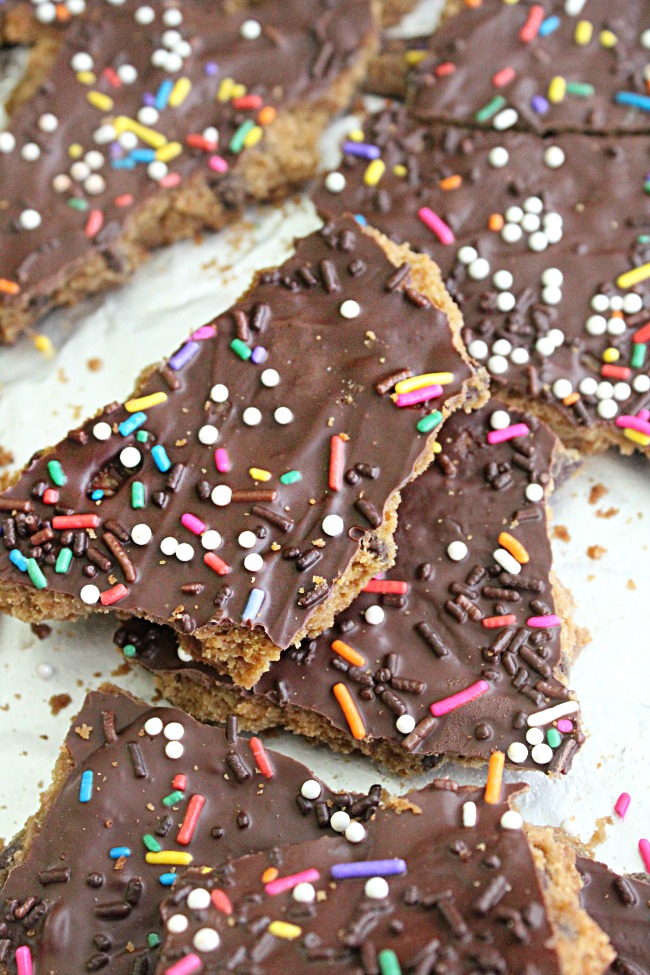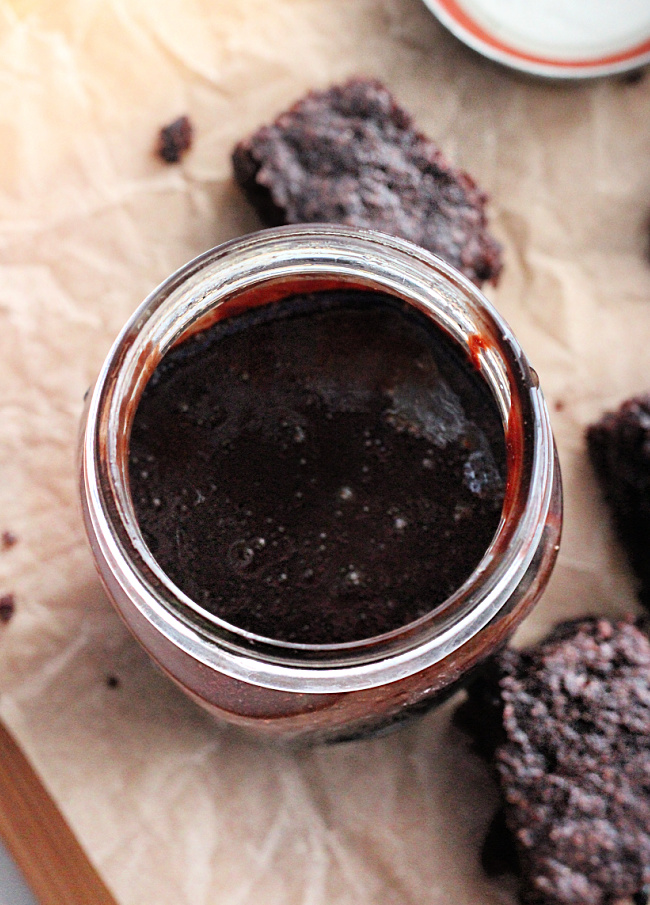12 Foods That Vanished in Wartime but Live in Memory

Scarcity, rationing, and necessity-driven culinary innovation are all part of wartime. Many recipes and culinary innovations flourished under duress over the decades, but they frequently faded when normalcy returned, remaining only in cookbooks, tradition, or memory. In this article, we look at 12 foods that, despite their historical use in providing sustenance or comfort, mostly disappeared or became scarce after the war. These are tales of ingenuity, flexibility, and tastes that have all but vanished.
1. Mock Apple Pie
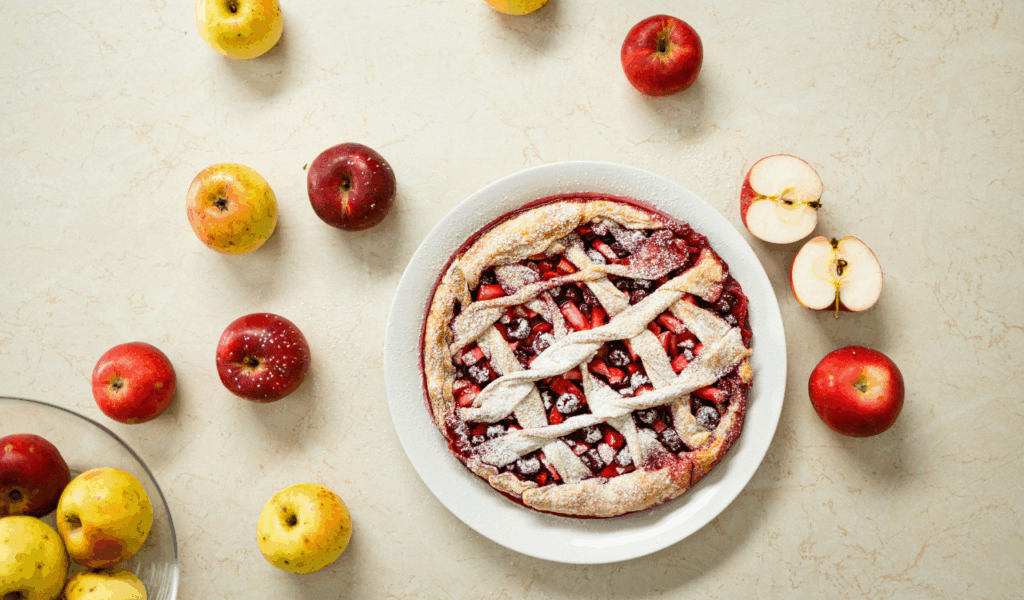
When real apples or fruit rations were limited during the war, mock apple pie was created as a substitute for apple pie. Cooks substituted softened crackers (usually soda crackers) soaked in water, sugar, lemon juice, and cinnamon for apples; the crackers swell and acquire a fruity texture. Despite the constraints of rationing, this tactic enabled households to preserve a sense of a typical dessert. Nowadays, mock apple pie is mainly anecdotal; not many people make it, and it’s still more of a curiosity than a standard recipe.
2. Water Pie
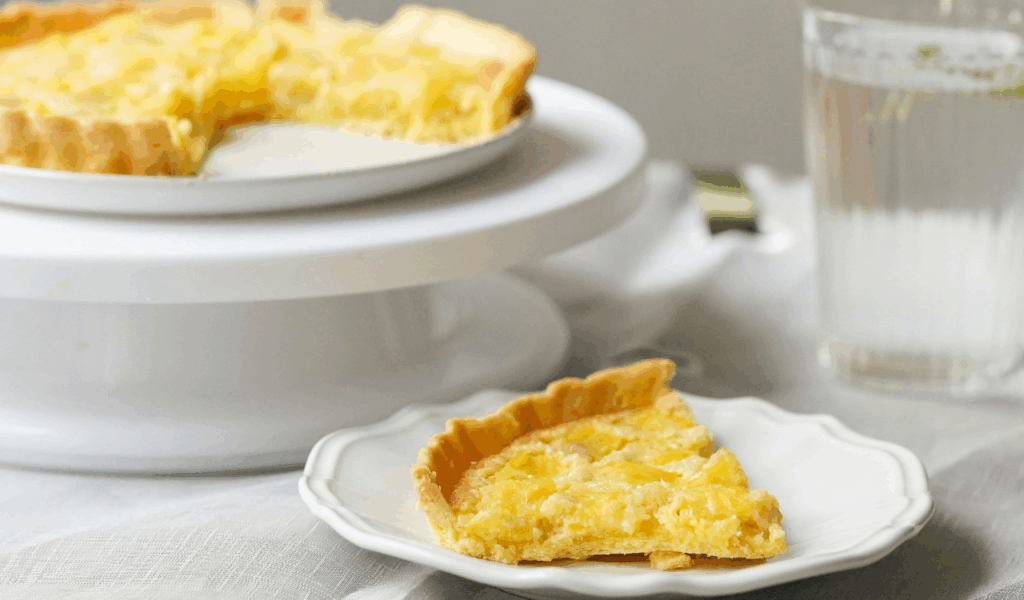
Using only water, sugar, flour or cornstarch, and fat (sometimes bacon grease), water pie is a simple dessert from austere times that is baked into a custard-like filling beneath a crust. It uses sweet spices to impart flavor and starch gelatinization to provide body. When dairy, fruit, or eggs were scarce, water pie provided some sort of dessert. It lost popularity after the war or economic recovery, and the only way people know about it now is through historical cooking references.
3. Depression / War Cake (Eggless, Butterless Cake)
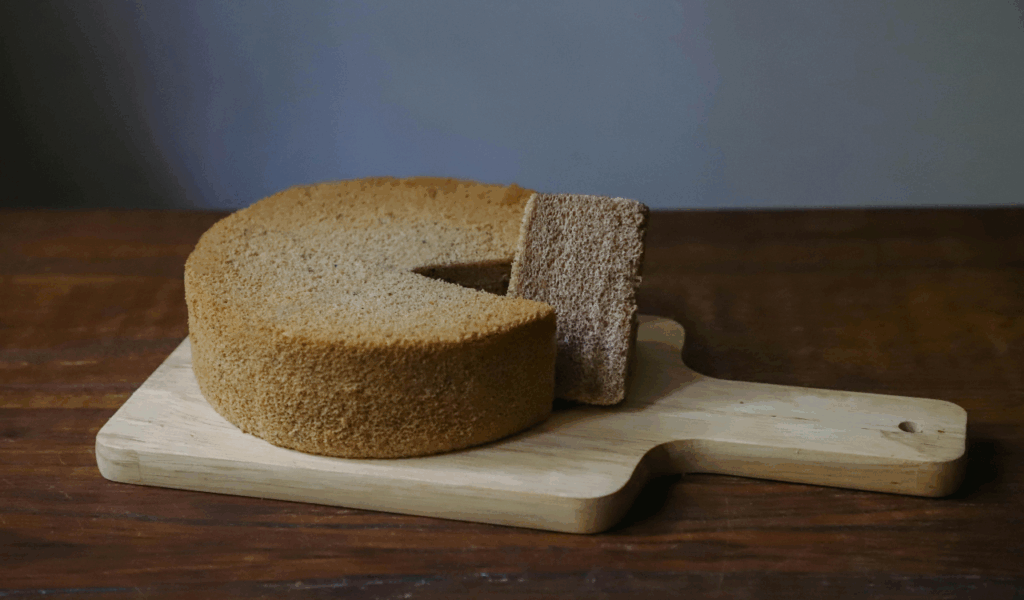
In order to avoid using limited ingredients like eggs, butter, and milk, this cake; also known as war cake or depression cake, was created. Rather, the flavor is carried by spices, little fat, and molasses or dried fruit. Occasionally referred to as “milkless, eggless, butterless cake,” it can be found in wartime booklets that promote frugal cooking. It was edible and useful, but it became less popular when regular baking ingredients were used again. Instead of being a household staple, it is now primarily baked in retro or historically significant contexts.
4. Acorn Coffee
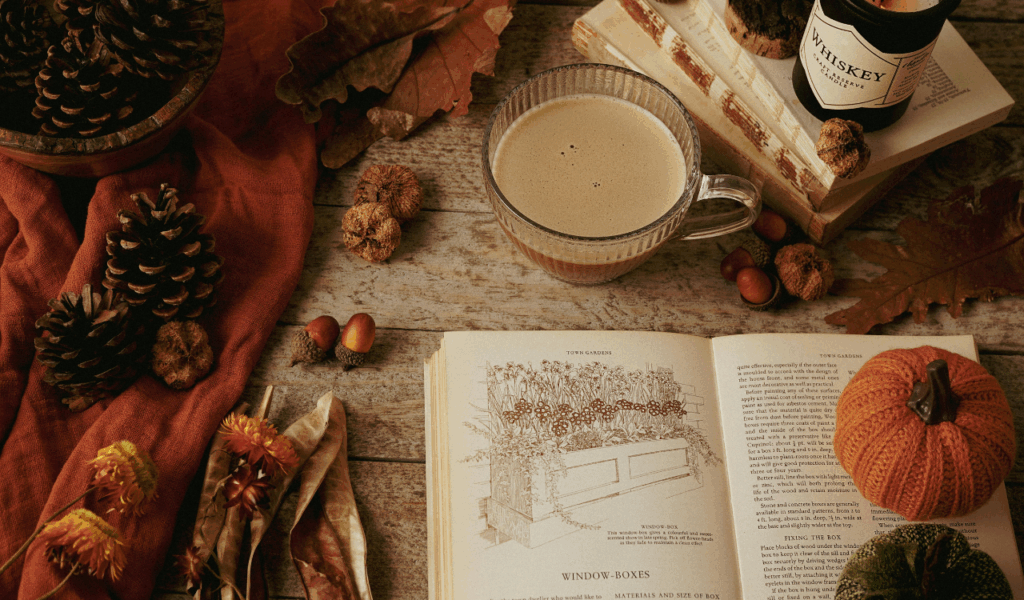
Cooks used roasted acorns (or a mixture of roasted nuts, grains, and roots) as a coffee substitute when real coffee beans were either unavailable or too costly, particularly in Europe during World War II. The acorns are ground, brewed like coffee, and roasted to enhance flavor. Pure acorn coffee is extremely uncommon nowadays outside of historical recreation or specialty enthusiasts, although some coffee substitutes (like chicory) persist in niche contexts.
5. Eggless Mayonnaise
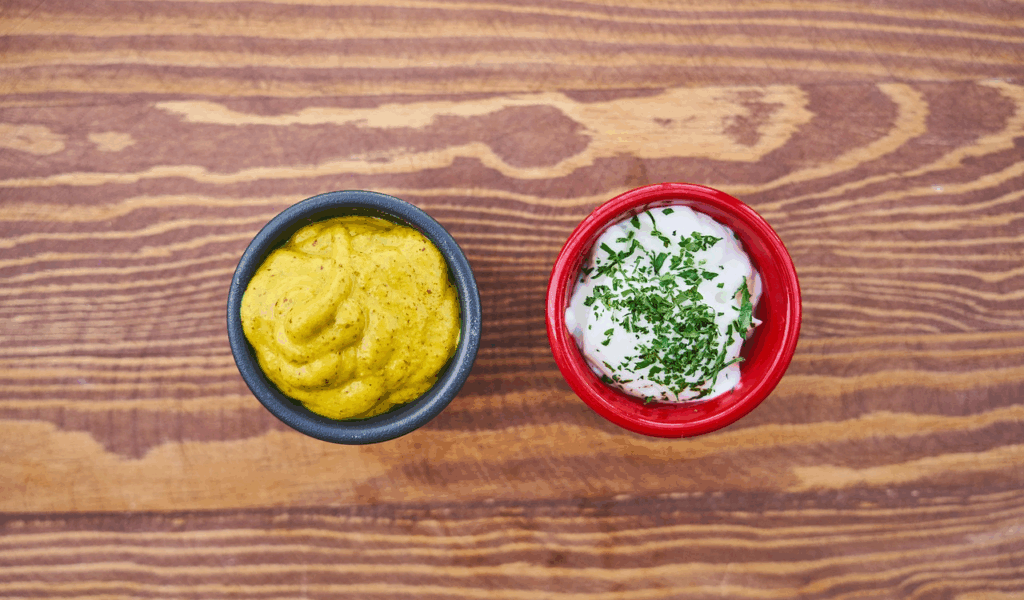
Ingenious chefs created “eggless mayonnaise” when eggs were scarce or unavailable by combining oil, vinegar, seasonings, and starchy water (such as water from boiled potatoes). Instead of the egg yolk, the starch serves as the emulsifier. During shortages, it supplied a creamy binding agent for salads or sandwiches. Except in experimental or historical cooking circles, eggless mayonnaise became obscure after the war, when egged mayonnaise largely regained its hegemony.
6. Woolton Pie
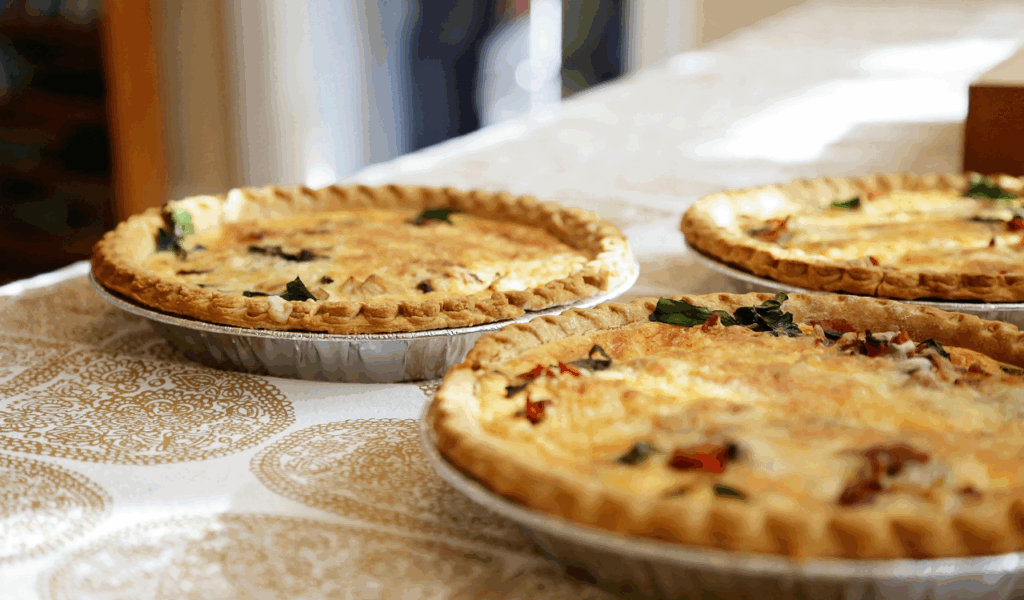
In order to maintain nutrition during the war, Woolton Pie was developed as a meatless or low-meat vegetable pie in Britain. It was named after Lord Woolton, the British Minister of Food, and consisted of a light gravy with oats, potatoes, carrots, and cauliflower, and a simple pastry on top. The government marketed it as an austerity dish. The pie rapidly lost popularity after the war ended and is now only found on historical menus or at commemorative gatherings.
7. Hoover Stew / Dripping Sandwich
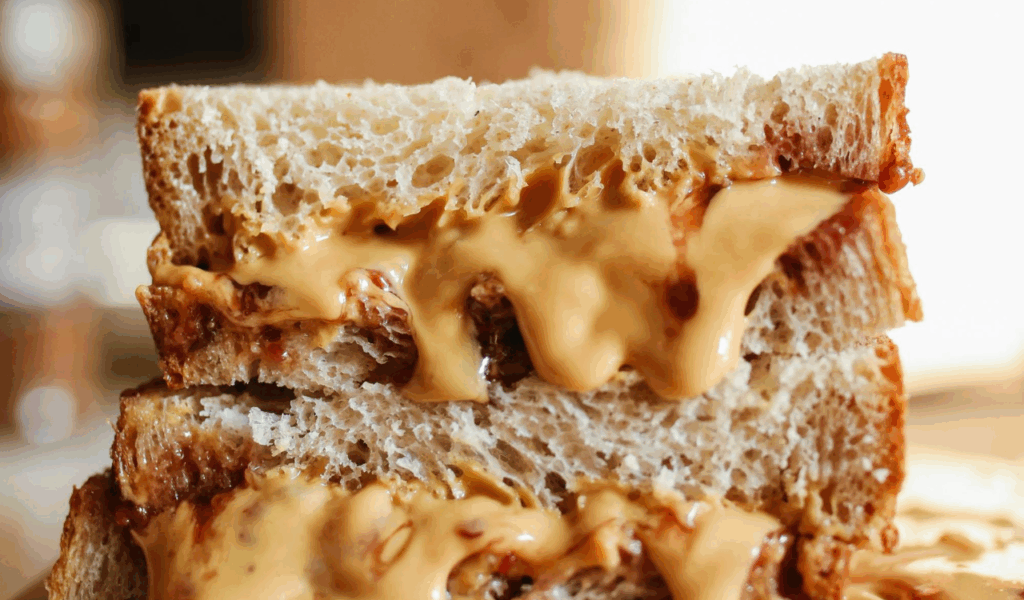
Dishes like Hoover Stew; mixtures of pasta or vegetables with bits of inexpensive preserved meats, or dripping sandwiches, bread spread with animal fat drippings, became go-to foods during times of extreme poverty, such as the Great Depression and the overlap of war. These were easy, satisfying, and made use of all the fat or leftover ingredients. They satisfied hunger but not taste buds. These humble foods faded into memory or folklore as postwar supplies improved and better fats and meats became more widely available.
8. Hardtack (in daily civilian diet)
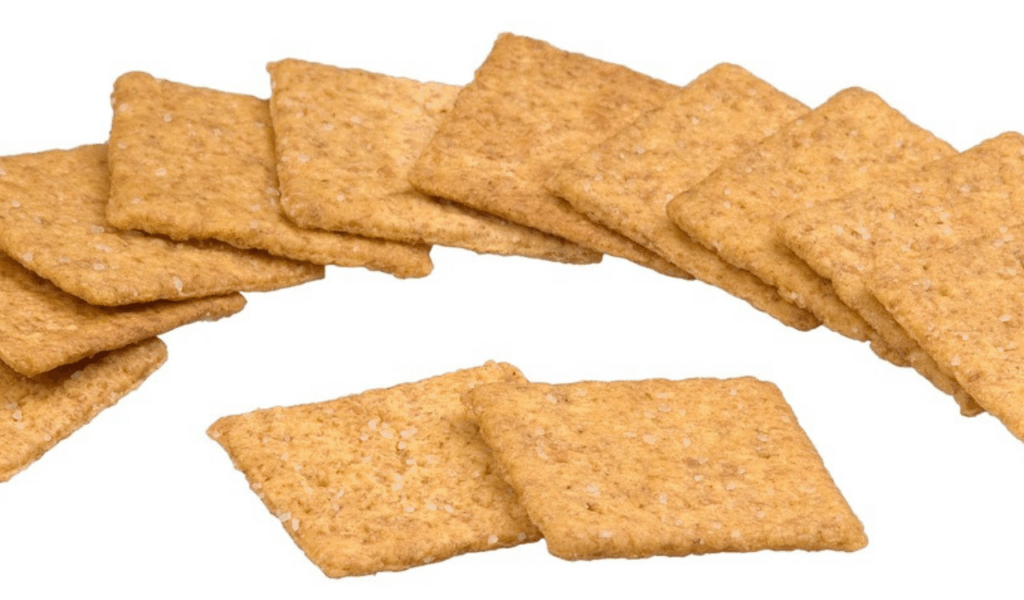
Due to their durability, hardtack; biscuit-like crackers made from flour and water; has long been a staple of military rations. Hardtack or similar dense crackers were also staple foods for civilians during periods of severe supply disruption and during some wartime. When fresh bread and supplies were available again, its place in the civilian daily diet disappeared, but its military applications, such as emergency rations, persisted. Eating hard tack on a daily basis is a thing of the past.
9. National Loaf / War Bread
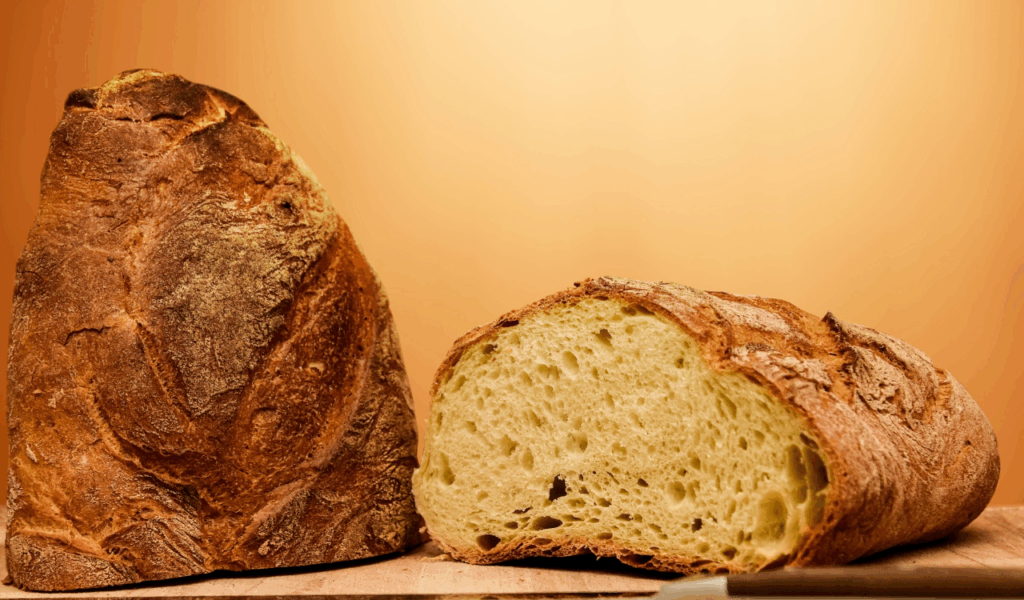
In order to maximize nutrition and preserve resources, the British government introduced the National Loaf, a fortified whole meal bread made with as much of the grain as possible, during World War II. It received a lot of criticism and was dense and grey. The National Loaf stopped being sold after the war, and people started eating more varied loaves and white bread again. Rather than being a bread that people miss, it now exists as a historical oddity.
10. Canned Rhubarb
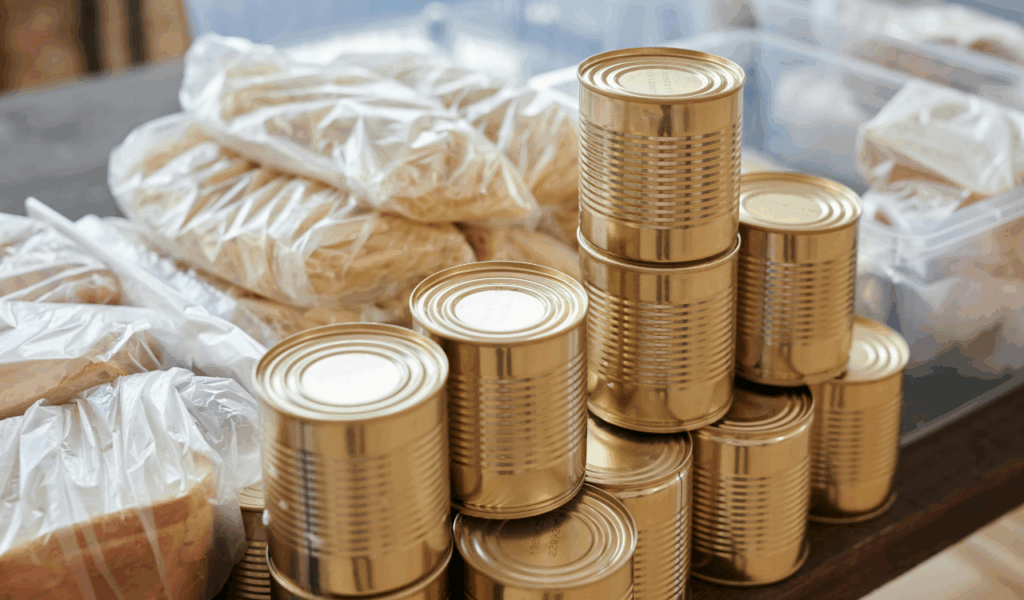
Grown in home gardens or ration-stretched orchards, canned rhubarb was preserved during wartime rationing in America to prolong its season and add tartness to preserves or desserts. Because of its acidity and capacity to extend preserves, rhubarb was a useful ingredient during the period of sugar shortages. After the war, canned rhubarb became less popular and is now rarely found commercially in many places as fruit varieties increased and sugar returned.
11. Coffee Substitutes (Barley, Chicory, Root Blends)
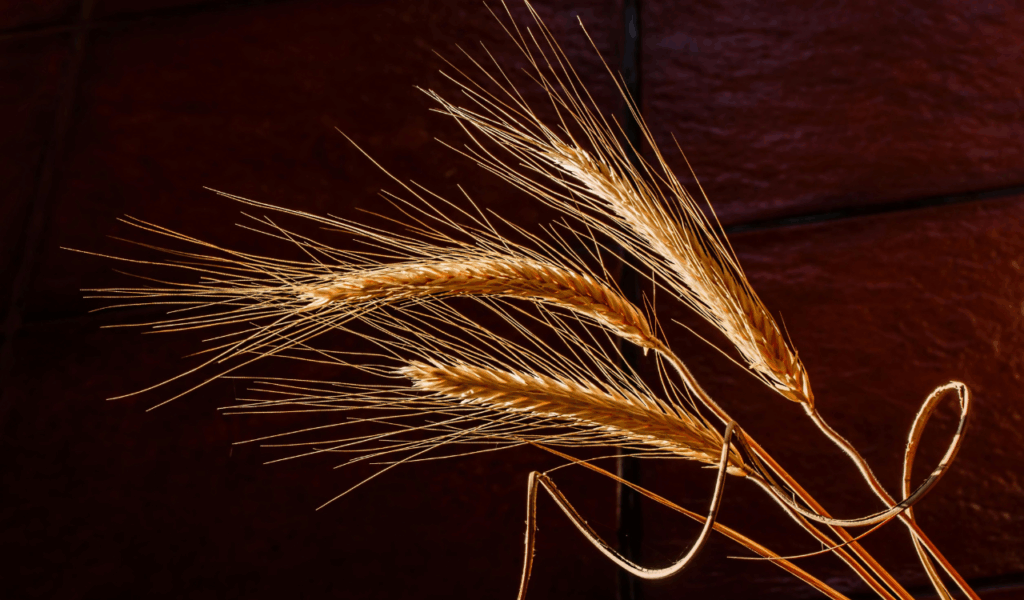
In addition to acorn coffee, many homes during the wartime era substituted or supplemented coffee with blends made from roasted barley, chicory, dandelion root, or other roasted grains and roots. When available, these blends were frequently combined with tiny amounts of actual coffee to create bitter, earthy flavors. Many of these alternatives faded after World War II as more reasonably priced coffee became available, surviving primarily as specialty or niche products.
12. War‑Era Confection Substitutes

During the war, candy, chocolate, and other sweet treats were severely restricted. People used carob, roasted grain powders, sugar substitutes, or boiled fruit candies to make simple sweets. Desserts made with boiled raisins or candy imitations that replaced limited ingredients, for example, became popular. Following the return of full-sugar and cocoa products following the war, many of these alternative sweets lost their appeal and were only remembered rather than eaten.

